Author: Adam Bunker
Subject Matter Expert: Dave Pabley
What is the consumer decision journey?
The ‘consumer decision journey’ is the name given to a framework that deconstructs and explores the myriad factors that go into customer purchases. In other words: it’s the way we make sense of the consumer decision-making process.
Did you know that 70% of buyers fully define their own purchasing needs before they engage with sales people? If not, you might need to rethink what your customer decision journeys look like, and how you work to manage them.
Every time a customer buys something from a brand, it’s the result of a complicated set of processes and influences that – often – they’ve experienced in a nonlinear fashion. The consumer decision journey is a means to map and understand that path, with a view to try and meet potential future customers at every touchpoint along the way.
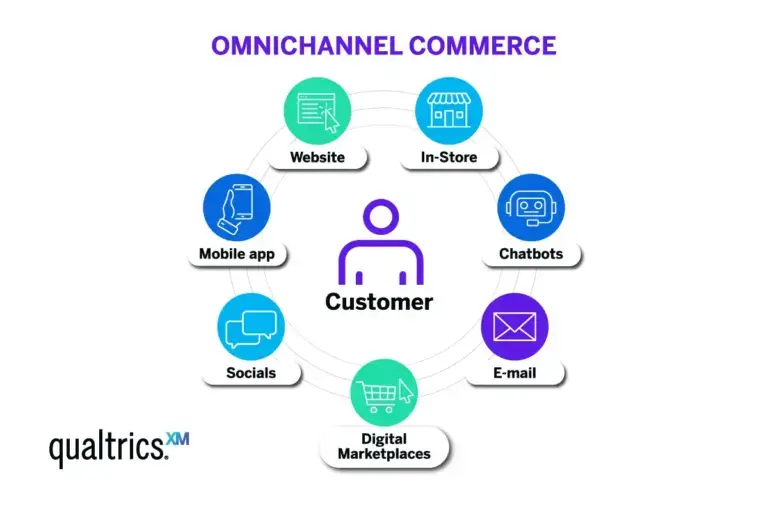
Understanding how and why new and previous customers make purchases is the holy grail of every marketing department in the world. And if you can actually influence those factors with your CX and marketing strategy? Even better. Doing that means unpicking the complicated rationale and stop-start nature of today’s buying journeys.
Understanding the consumer decision journey is really about asking a few key questions:
- How can you meet your customers at important touchpoints?
- How can you maximize each interaction?
- What goes into each purchase decision?
If you have answers to those questions, you’ll go a long way toward ensuring you have the right processes, resources, and technology in place to help your business grow its customer base. You’ll know how and when to upsell, how to convert prospects, and what influences each and every purchase.
That’s a complicated task, but digging into customer analysis can really pay off – in some pretty meaningful ways.
Free course: Elevate your customer journey management today
‘Customer managed’ journey versus a ‘managed customer’ journey
Today’s customer is increasingly empowered in their decision-making, since they have access to much more choice, information, and branded content across a range of channels.
As such, it’s important that brands understand their role in the decision-making process. In most instances, things can’t be controlled in a streamlined way on the brand side – it’s the customer in control. That means organizations need to be adaptable, responsive, and able to meet the customer where they are, rather than the other way round.
While you might map out a perfect, best-case journey for your customer personas – a managed customer journey – things may not pan out that way. This gives rise to the idea of the ‘customer managed’ journey instead – one where your customers call the shots in terms of how they make their decisions, and you cater as best you can to their preferences.
Why is the consumer decision journey important?
Customer interactions and the journeys they create are more complicated, nonlinear, and omnichannel than ever. But that presents an opportunity: the brands that can leverage the tools at their disposal to unpick that complicated knot stand a great chance at winning over more customers than their competitors.
Today’s customers aren’t easily influenced or led down a specific path. Whereas in decades gone by you might easily nurture a customer down the sales funnel with a compelling TV ad and then an in-store salesperson, things are different now. In fact, even if you manage to get customers into your physical store, some 71% of them will still be using their phones to look up reviews or even to make their purchases.
95% of consumers read online reviews before making purchases, which can take the wind out of any marketing efforts’ sails if there’s no real strategy in place to maximize other customer journey touchpoints. In fact, chances are that by the time a customer speaks to a representative, they’re already most of the way along the buying process.
That means meeting your customers where they are – like online influencer accounts, for example, which 55% of 18-24-year-olds rely on.
Whatever the case, it’s important to understand the factors that influence buying decisions because that lets you personalize and tailor those experiences as best you can to capture more interest.
Beyond this though, getting to grips with the consumer decision journey means understanding that the journey doesn’t end with a purchase – that’s just part of a cyclical experience.
So let’s explore how that works…
Understanding how consumers make decisions
In the traditional purchasing funnel, customers move along the stages from awareness to purchasing and customer loyalty linearly, beginning with a widely cast net of possible brands, and ending with just one. But that model’s now outdated.
Today, customers move from touchpoint to touchpoint in a way that makes it impossible to put importance on any one part of the funnel over any other. Instead, the decision journey is cyclical – and capturing attention needs to be handled as part of a two-way conversation at every stage.
McKinsey’s research, involving some 20,000 consumers, has resulted in a new framework for the decision journey that it describes as having four interlinked phases:
“The decision-making process is a more circular journey, with four primary phases representing potential battlegrounds where marketers can win or lose: initial consideration; active evaluation, or the process of researching potential purchases; closure, when consumers buy brands; and postpurchase, when consumers experience them.”
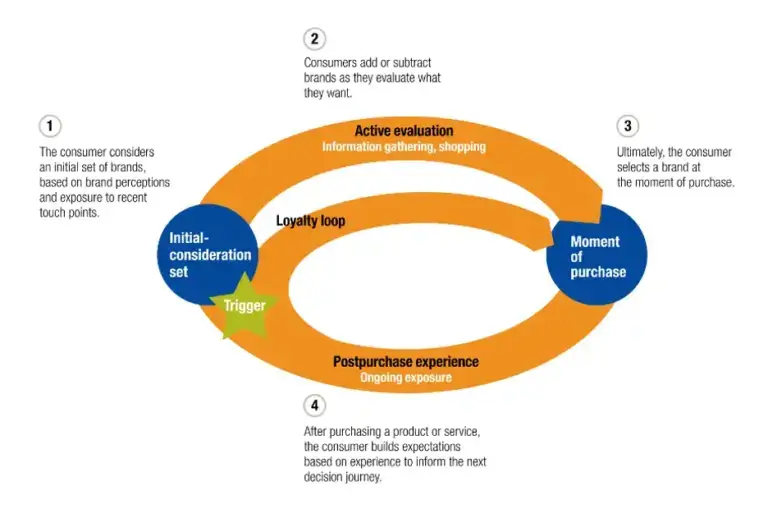
Image credit: McKinsey.com
In fact, the journey here is more of a spiral than a circle; it’s in that fourth, post-purchase stage where the decision journey becomes a ‘loyalty loop’ that can repeat itself forever. McKinsey puts forward the following roadmap for those latter stages:
- Purchasing: After initial consideration, the customer makes a purchase
- Experiencing: The customer forms opinions on the product or service
- Advocating: The customer spreads the word
- Bonding: The customer becomes a loyal customer who makes repeat purchases
Tools and processes for enhancing customer journeys
Understanding the modern customer journey and adapting to it are two very different things. Customers expect more than ever before from their brands in terms of personalization, relevance, and the ability to meet them where they are, on the channels they care about.
That means that customer experience and marketing teams need to employ processes that can make every touchpoint work harder. Usually, that means using a mix of surveys, customer experience analytics software, and behavioral data to finetune every channel and provide more powerful, personal and adaptable experiences.
Let’s take a look at some of the methods, tools and processes you can use to do exactly that, across three key areas:
1. Omnichannel engagement
Your customers are moving between channels and platforms in search of the information they need to make informed purchasing decisions. You need to be where they are.
Customer touchpoint analysis
Take stock of every touchpoint in which customers can interact with your brand. That’s everything from your website to your customer service portal, as well as TV ads, social media channels and third-party review sites.
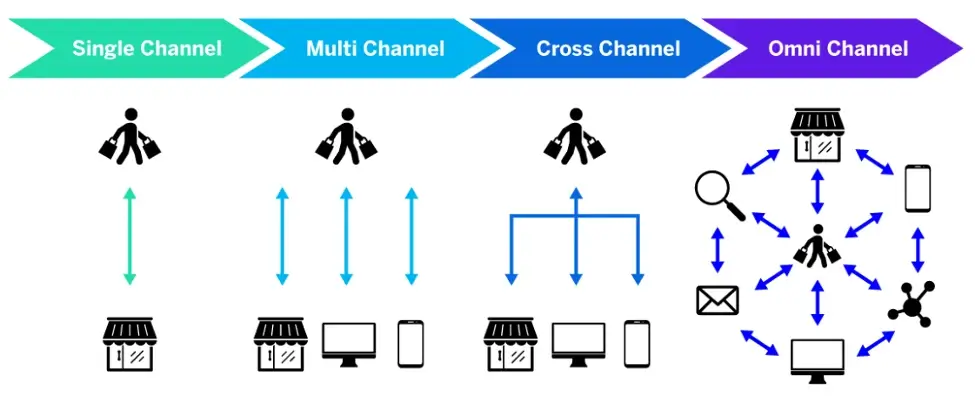
Your first step here is to lean into digital analytics to understand your share of voice, your conversion rate on call-to-action links, and anywhere you’re underrepresenting yourself. This stage is an audit, in effect – are you meeting people where they already are?
Omnichannel customer engagement
Once you understand every touch point, you need to think about how you can tie them together. Customers may jump from one touchpoint to the next in any order, so you need to be able to offer them a consistent experience that’s channel-agnostic.
That’s as important in marketing as it is in customer service – both rely on being able to track customer movements and proactively engage with people.
Customer journey optimization
Journey optimization starts with customer journey mapping exercises, in which you use customer data and your own insight to map out potential routes your customers take toward purchase. How can those journeys be tightened and streamlined? Hypothesize around this, make changes, and then test to see whether things improved.
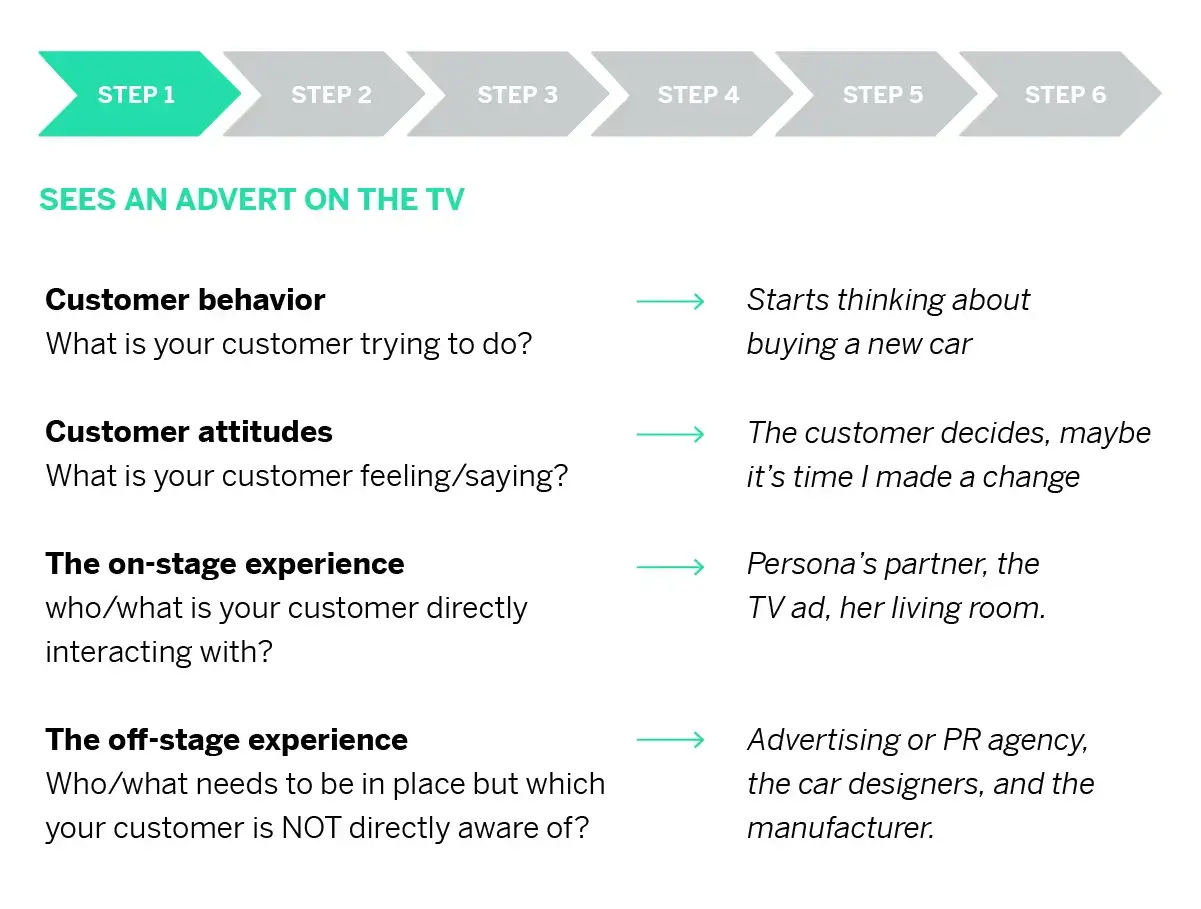
2. Behavioral analysis
How well do you understand what makes your customers tick? With the right software, you’ll be able to glean invaluable insights from the actions your customers do and don’t take.
Consumer behavior analysis
Understanding customer behavior allows you to adapt things to suit them – and identify where pain points and areas of friction lie. You’ll achieve this by using customer experience analytics suites capable of understanding behavioral heuristics.
These tools can identify patterns, show you how different audience segments act, and how purchasing decisions act as part of a wider whole.
Behavioral targeting strategies
Imagine if you knew that a specific customer always shops for a certain kind of product at certain times of the year, that they’re much more likely to make a purchase if there’s a discount with their name on it, or if bundling two items together will make them much more appealing than the sum of their parts.
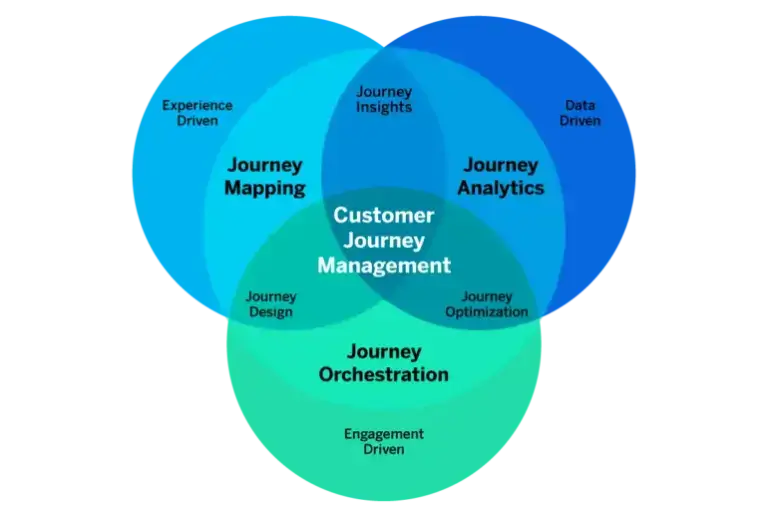
These are examples of behavioral targeting strategies that require a rock-solid understanding of each and every customer – and customer segment. Tools like Experience ID can help you gather that understanding, and tailor your efforts accordingly.
Refining the purchase decision process
It’s important to understand areas of your customer experience that are letting things down – and negatively impacting the customer buying process. If you can track customers as they move through your owned digital properties, you’ll have a clear idea of where people are dropping off, and why shopping carts are being left abandoned.
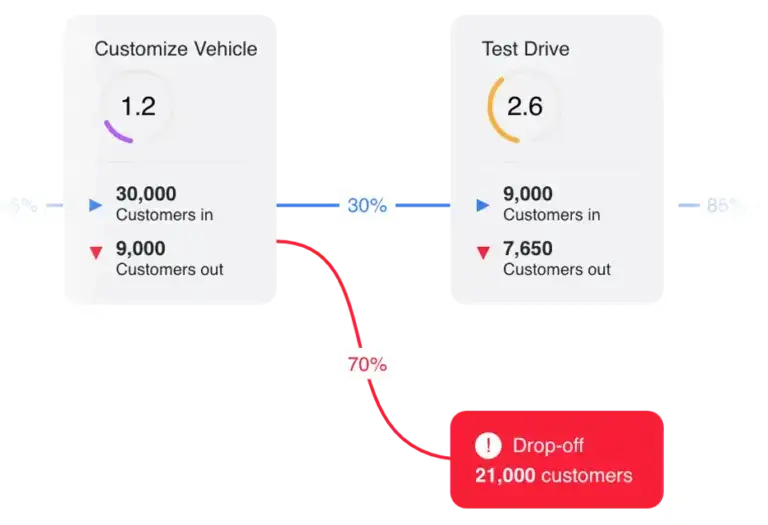
With that information, you can make proactive changes to the user experience in order to refine that initial consideration stage and better influence consumer purchasing behavior.
Learn more about customer behavior analysis
3. Postpurchase excellence
Once a customer has made a purchase, they’ll move into that inner ‘loyalty loop’ track of the consumer decision journey. This is your chance to wow them with postpurchase excellence – and generate real loyalty.
Customer experience analytics
Customer experience analytics is the process of collecting and analyzing customer data so that you can better understand customer needs, viewpoints, and experiences. This will help you to increase customer engagement and customer loyalty at every part of their journey – not just after making a purchase.
If you can understand the experience as it stands for existing customers, you’ll be able to direct your internal teams to take action on issues that are affecting satisfaction and loyalty.
Curating the customer engagement journey
Customer service is a huge part of postpurchase (repeat) purchase decisions. If a customer has had a positive customer support experience, they’re much more likely to buy from you again. So it’s important that this side of the customer experience is being monitored and managed.
Contact center management tools with AI and natural language processing can help here, by scanning and understanding every interaction every customer has with your business and proactively suggesting where things can be improved. That could be through trends that a bunch of different customers all mention, or by spotting opportunities for support agent coaching.
Customer lifecycle management
To keep customers coming back, you need to be able to keep a good eye on their behavior and ensure that if they have feedback, you’re able to close the loop by making the changes they want to see.
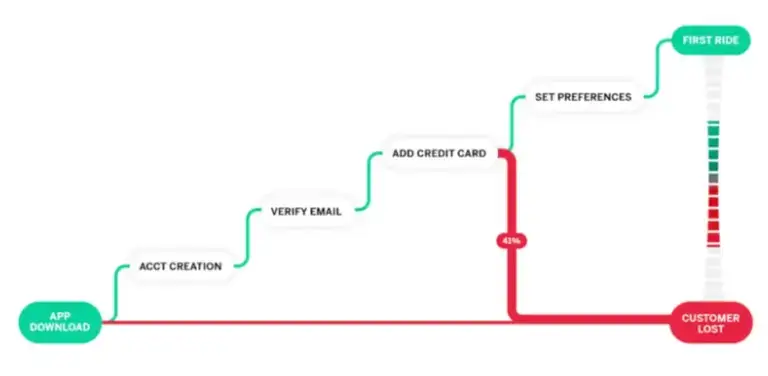
That’s alongside continually delighting them with proactive, personalized offers and communications. Keeping customers for the long haul means fostering a human-centric approach that uses software, surveys and analytics to help you show just how much you value their business.
Delivering customer-driven journeys
The consumer decision journey represents a complex, ever-evolving landscape that demands a really nuanced and adaptive approach from businesses. In an era where digital platforms dominate and consumer behaviors shift rapidly, understanding journeys from a scientific perspective is not just beneficial – it’s imperative for sustained success.
By embracing journey insights, businesses can position themselves at critical touchpoints, offering personalized solutions that resonate with consumers’ needs and preferences at the right moments. Integrating advanced analytics, omnichannel strategies and customer-centric thinking is what’ll help you exceed the expectations of today’s savvy consumers.
In other words? As you navigate this dynamic terrain, the key to unlocking customer loyalty and driving business growth lies in the ability to continuously adapt, innovate, and deliver exceptional experiences at every stage of the consumer decision journey.
Ready to transform your understanding of the consumer decision journey? With Qualtrics® Customer Experience software, you can take your customers where they want to go—in the fastest and most profitable way.
Elevate your customer journey management today